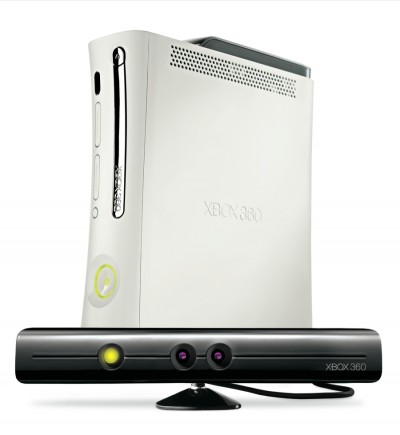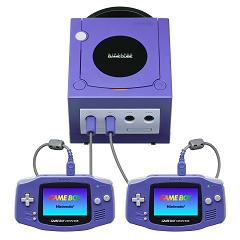This post has not been edited by the GamesBeat staff. Opinions by GamesBeat community writers do not necessarily reflect those of the staff.
 There have been many exciting moments in gaming, but I’m not sure that the release of Project Natal will be one of them.
There have been many exciting moments in gaming, but I’m not sure that the release of Project Natal will be one of them.
After encountering an article in games ™ magazine about the flop of the PSP because of its software sales, it struck a chord in me to help remember that even though the technology of games is changing, it’s not always embraced by software developers, and the technology isn’t always used to its full potential.
The idea of using the human body to elicit responses from a machine is not new, as seen with the Wii in this system generation and in systems past. As of right now, Project Natal seems like nothing more than a glorified EyeToy, or a Wii without the Wii Remotes. If there is already loads of shovelware for the Wii now, will that also be the fate of Natal?
Another annotation that Project Natal revived was the fact that not all peripherals on consoles are properly supported. Cameras have been a traditional peripheral on many a console, both at home and on handhelds, but I cannot list a single title that made a memorable impact with that technology (save for maybe the GameBoy camera paired with the GameBoy printer).
 The fact that there is a new sensory element on the DSi has not added any memorable game play elements. Though its potential has not yet been fully utilized (save for possibly Foto Fighter), its future use in the current handheld market has yet to be seen.
The fact that there is a new sensory element on the DSi has not added any memorable game play elements. Though its potential has not yet been fully utilized (save for possibly Foto Fighter), its future use in the current handheld market has yet to be seen.
Nintendo handhelds themselves have acted as peripherals on Nintendo consoles, and though the idea of using the GameBoy and DS as additional and strategic tools in game play may have sounded like a great idea, it was the software companies that squashed the dream, as they didn’t create enough software to support its concept (the same can be said for the VMU units in the Dreamcast controllers).
Games like “Typing of the Dead,” “Hey You Pikachu” and the e-Reader were ideas that may have sounded good on paper, but not to a wider gaming audience. Successes like Duck Hunt, Dance Dance Revolution, Guitar Hero and RockBand prove that if the software written for the peripheral makes it all-inclusive and imperative to the game, it will be used, and it will make both items a hit.
This turn of events reminds me of when I would come up with great ideas for games, but was unable to follow through with them because the technology wasn’t yet available. With today’s equipment and the plethora of unlimited options, I’m hoping that software developers – large, small and indie – will be able to realize their visions in the current gaming generation, while supporting and enhancing system peripherals.
